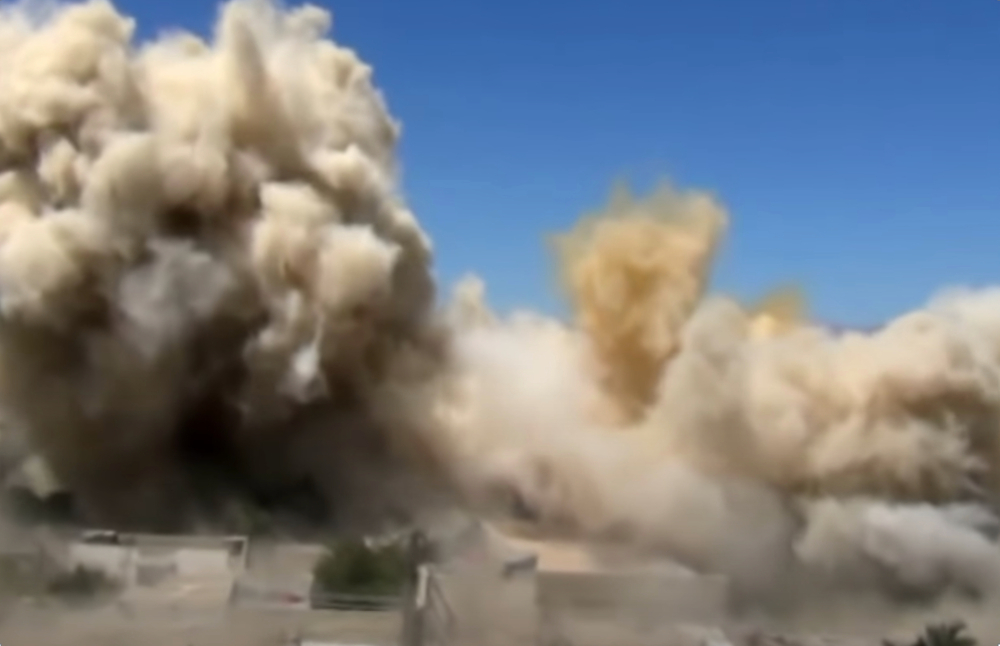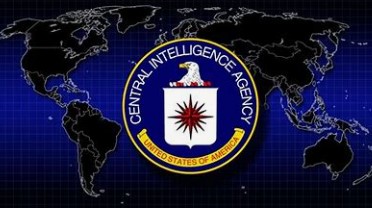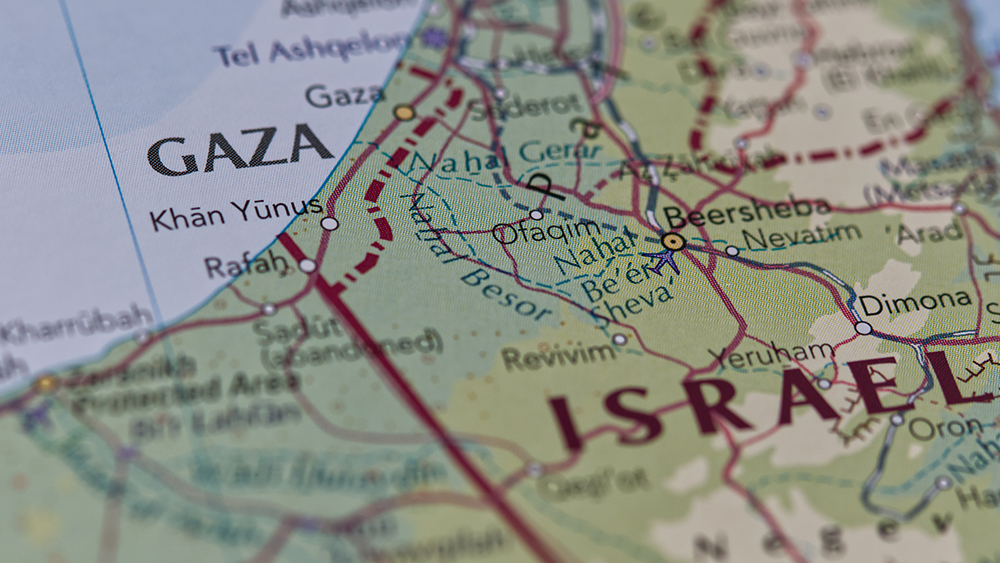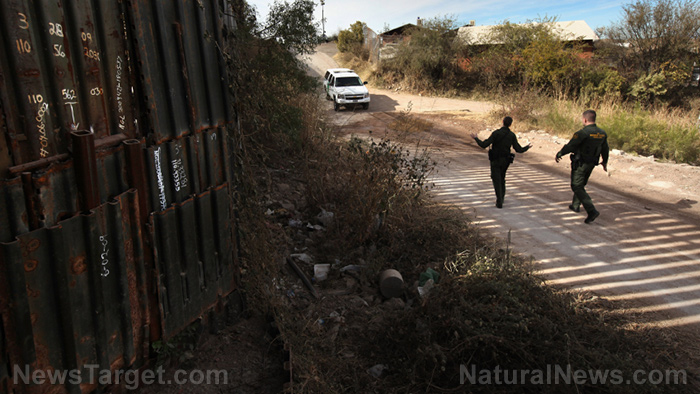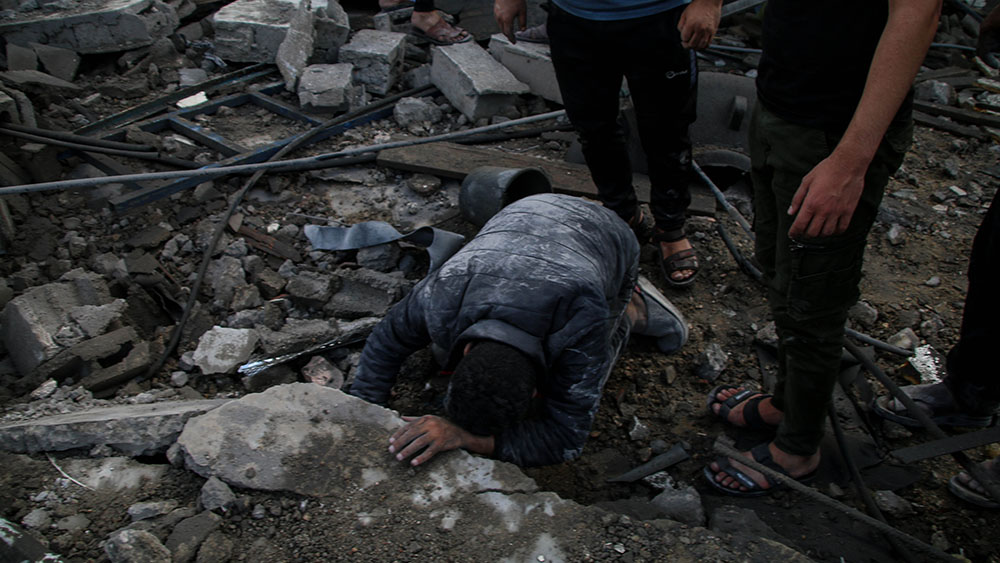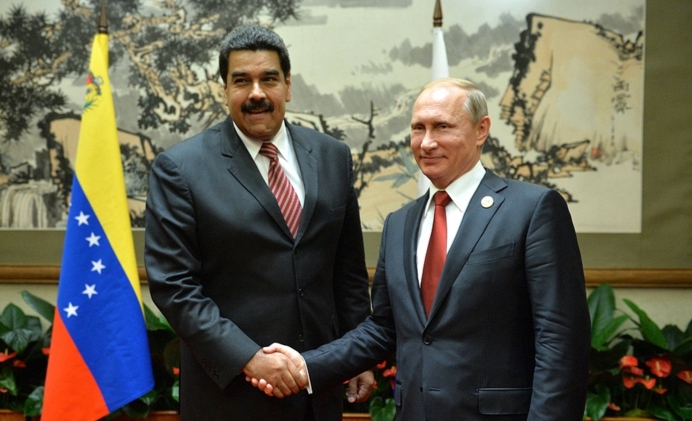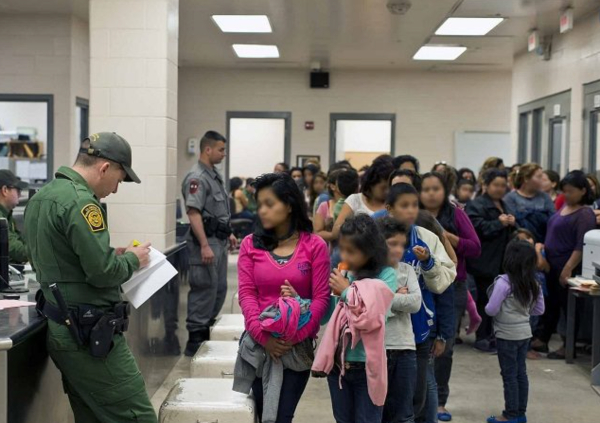
- A new map based on FEMA data reveals that a large-scale nuclear attack on the U.S. could potentially kill up to 75% of the country's population, affecting major cities and infrastructure.
- The map identifies densely populated cities on the East, West and Midwest coasts, as well as military installations and strategic facilities, as likely targets.
- The risk of nuclear war has increased in recent years due to the abandonment of arms control treaties and the development of new nuclear weapons by major powers.
- The global implications of a nuclear conflict would be severe, including a potential nuclear winter that could cause mass starvation and widespread destruction.
- The map serves as a call for renewed efforts in arms control and non-proliferation to prevent the catastrophic consequences of nuclear conflict.
The devastation on display
According to the map, cities on the East Coast, Midwest, West Coast and South are prime targets, with the potential to kill an estimated 250 million Americans. Major urban centers such as New York, Los Angeles, Philadelphia, Houston and Washington D.C. are expected to be hit first, as their destruction would cripple the U.S. economy, leadership and workforce. Fallout would rapidly spread, transforming these cities into vast, irradiated wastelands. Severe fallout zones extend from Boston to New York City, Philadelphia and Chicago, while additional hazardous areas are found along the California coast and near military installations. The map indicates that residents in these regions would need to shelter in place for more than three weeks to survive the immediate aftermath.The unseen targets
Beyond the densely populated cities, the map highlights over 100 military facilities, including Intercontinental Ballistic Missile (ICBM) silos, naval bases and air force installations, as likely targets. These silos, primarily located in Montana, Colorado, Wyoming and North Dakota, would serve as epicenters of nuclear devastation. The strategic positioning of these facilities underscores the nation’s vulnerability, as their destruction would severely undermine America’s nuclear deterrent. Infrastructure targets such as power plants, transportation hubs, oil refineries and critical communication centers are also marked for attack. The disruption of these essential services would exacerbate the chaos and humanitarian crisis following a nuclear strike.Historical context and current concerns
The risk of nuclear war has escalated in recent years due to the abandonment of long-standing nuclear arms control treaties and the development of new nuclear weapons by major powers. Russia, with an estimated 5,580 nuclear warheads, leads the world, followed by the United States with 5,044. China, while possessing a smaller arsenal of between 500 and 600 warheads, is rapidly expanding its nuclear capabilities. John Erath, the Senior Policy Director for the Center for Arms Control and Non-Proliferation, emphasizes the universal peril of a nuclear conflict: "While those who live near military facilities, ICBM silos in the Midwest or submarine bases along the coasts might bear the most immediate and severe consequences of a nuclear attack, there's no question: Any nuclear war or weapons detonation would be bad for everyone. Nowhere is truly 'safe' from fallout and other consequences like contamination of food and water supplies and prolonged radiation exposure."The global implications
The consequences of a nuclear war would extend far beyond the borders of the United States. Dr. John Schuessler, an associate professor of international affairs at Texas A&M University, notes, "Americans are not wrong to worry about the United States getting dragged into wars where it is supporting one side against another. Despite the current stability, global tensions remain a cause for concern." Christian G. Appy, Director of the Ellsberg Initiative for Peace and Democracy at the University of Massachusetts Amherst, adds, "Even a relatively 'small' nuclear war would cause a nuclear winter famine that would kill at least a billion people. A major nuclear war would throw so much soot and debris into the stratosphere that it would produce a nuclear winter, leading to the death of all or nearly all of those who survived the initial blast, firestorms and radiation."Conclusion: A call to remembrance and action
The map serves as a stark reminder of the catastrophic potential of nuclear weapons and the urgent need for renewed arms control and non-proliferation efforts. As former President Ronald Reagan stated, and as President Joe Biden recently reaffirmed, "A nuclear war cannot be won and must never be fought." In the face of rising global tensions, it is imperative that leaders and citizens alike remember the devastating consequences of nuclear conflict and work tirelessly to prevent it. The shadows of Armageddon loom large, but with vigilance, diplomacy and a commitment to peace, we can ensure that this grim scenario remains a dire warning rather than a tragic reality. Sources include: DailyMail.com HalcyonMaps.com ArmsControlCenter.orgIsrael defies Syrian demands, escalates airstrikes in southern Syria
By Cassie B. // Share
Ukraine’s call center scams: A state-backed offensive targeting Russians
By Cassie B. // Share
By Lance D Johnson // Share
Putin offers rare earth minerals deal to U.S. amid Ukraine war tensions
By Cassie B. // Share
Texas rancher slain by cartel IED near border: A call for vigilance and action
By Willow Tohi // Share
Trump unveils Phase Two of Gaza ceasefire plan ahead of Christmas as tensions persist
By patricklewis // Share
For Gaza families, the return of hostage bodies brings anguish, not closure
By zoeysky // Share
Maduro sought $200M exit deal with Trump, but amnesty demands were a deal-breaker
By bellecarter // Share
U.S. tightens work permit rules for refugees and asylees amid security concerns
By bellecarter // Share
